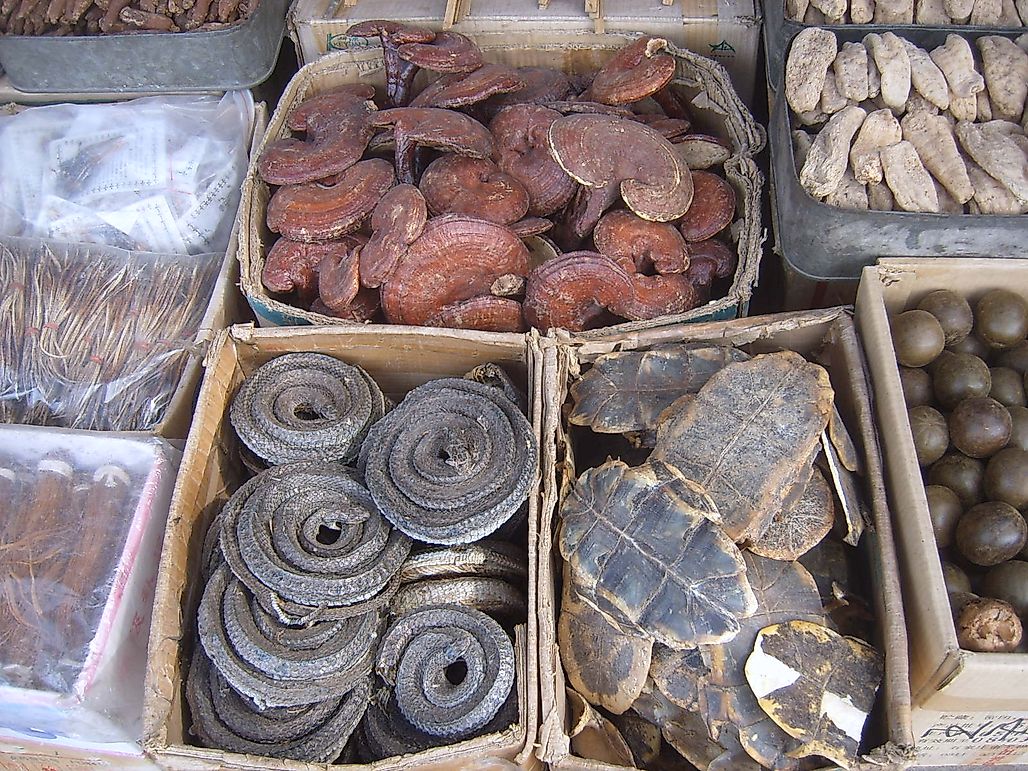
Chinese medicine is estimated to be at least 2,500 years old and is considered to be one of the oldest medical systems in the world. Chinese treatment is believed to work by seeking to restore the balance of the yin and yang in the body as it is thought that instability in these two forces is what causes the body to be susceptible to diseases and injury. Unlike medicine from other cultures around the world that derive ingredients mostly from plants, Chinese medicine relies heavily on animal extracts. It probably never was a problem 25 centuries ago, given the abundance of fauna, but in the current era where animal species are endangered, it has become a gigantic problem. Although modern science has proved such traditional medicines largely ineffective, local beliefs keep the system alive. Traditional Chinese medicine uses about 36 different species of animals as ingredients in the creation of treatments for a wide variety of diseases. The following animals and their body parts are used in Chinese medicine.
Caterpillars
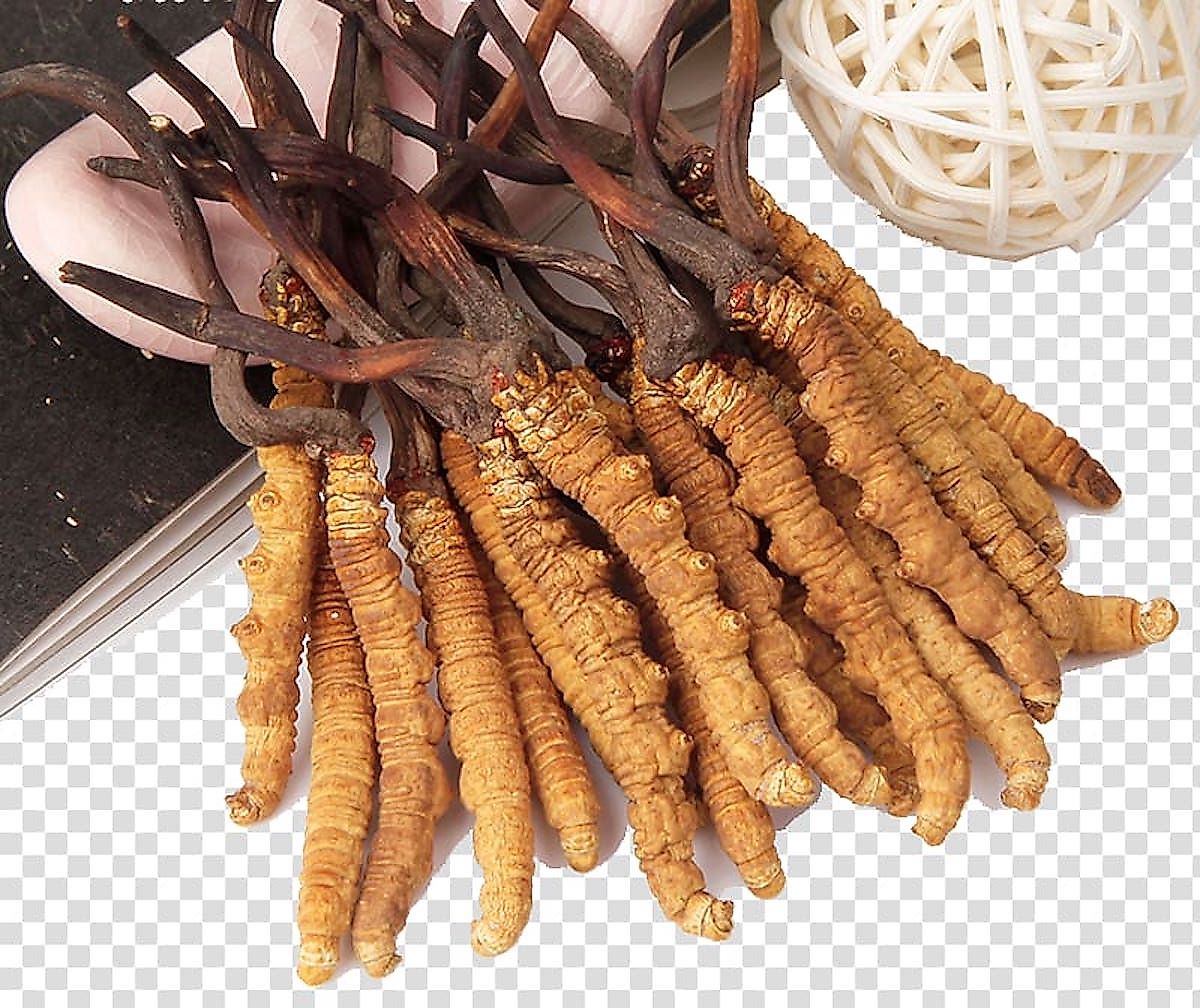
Worm grass is a special kind of medicine that is cultured using a fungus called Cordyceps that start their life by infecting the backs of ghost moth caterpillars. After the caterpillars die, the fungus grows out of those backs, forming stingy finger-like protrusions. These protrusions are believed to help with liver and kidney problems as well as boosting performances in athletics. The practice of developing worm grass dates back to the 15th century. Worm grass fetches high prices, and this has caused friction between farmers in areas where the fungi are cultured.
Sea Horses
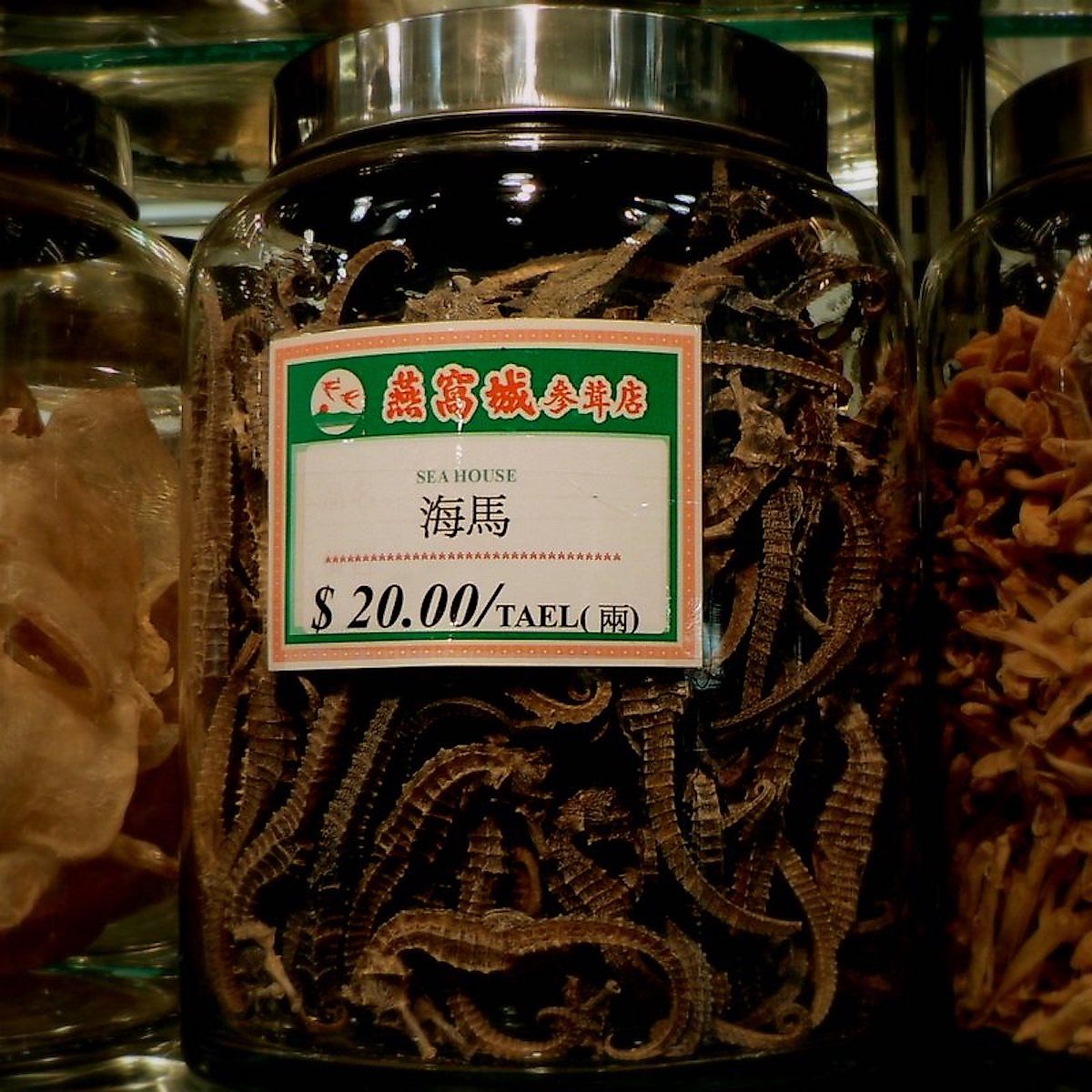
The use of sea horses in Traditional Chinese Medicine (TCM) preceded several centuries. In the modern world, over 90 medicinal products are sold in China and beyond that contain seahorse parts. They are used to treat circulatory problems, kidney failure, and impotency. Approximately 150,000,000 sea horses are harvested annually by over 30 countries to meet the ever-growing demand for sea horse infused medicinal products. China alone has a domestic demand of 250 tons of sea horse medicine, and this has negatively impacted sea horse populations in the wild. Currently, more than half of the species hover close to being declared endangered species.
Musk Deer Glands
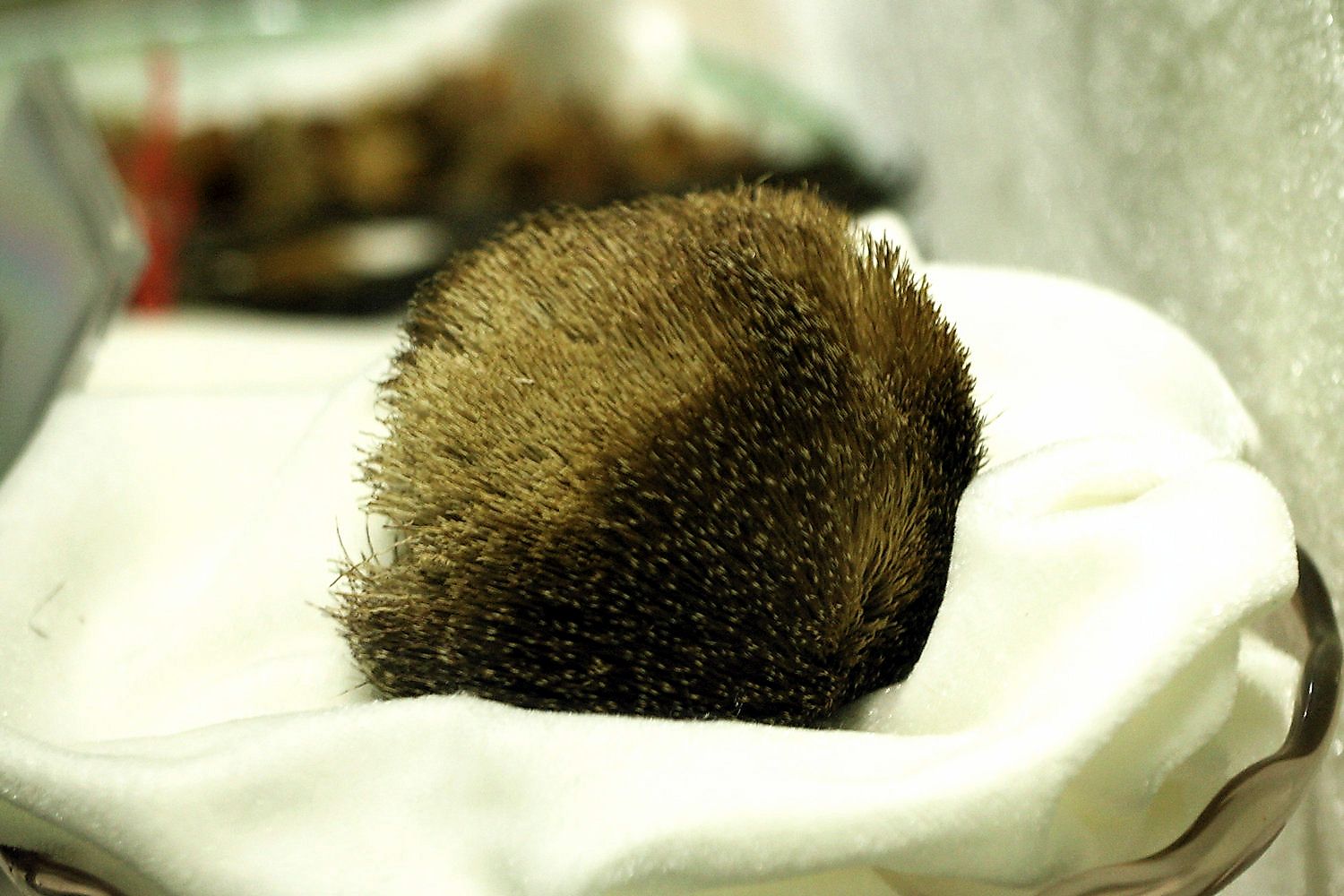
The musk from the musk deer is a vital ingredient found in almost 300 TCM prescriptions believed to cure several ailments like skin infections, abdominal pains, and the improvement of blood circulation. The domestic demand for musk deer medicinal products in China is around 2,300 pounds a year. Synthesizing just this amount requires musk glands from at least 100,000 musk deer. The current worldwide population of musk deer is at 700,000 only. It does not take rocket science to see how the situation unfolds in a decade. There have been plans of finding musk deer alternatives with the muskrat and the civet species being singled out as possible options.
Black Bear Bile
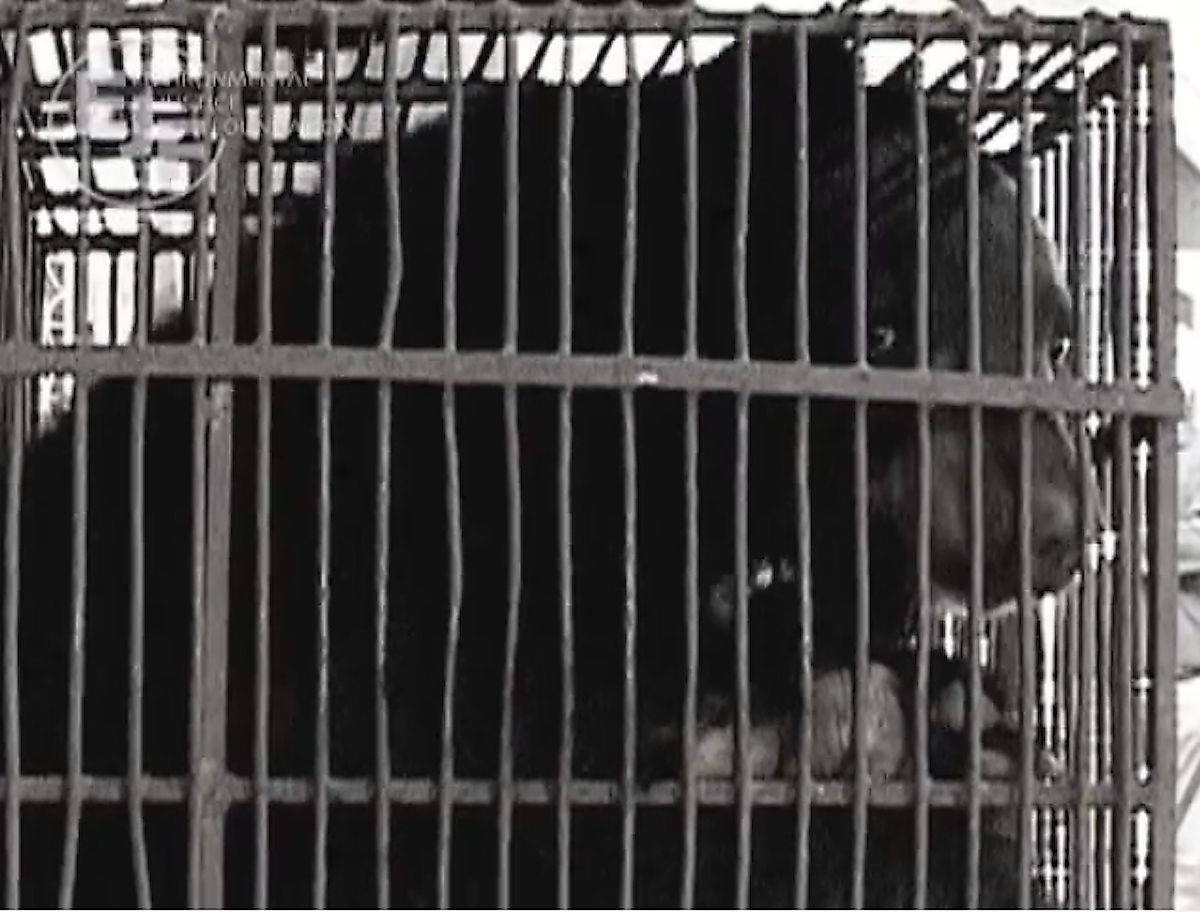
Bile from black bears has been a TCM ingredient for ages and is used to treat liver diseases, headaches, and internal injuries. The decline in black bear populations in the world forced China to introduce black bear farms in 1984. The move has received an enormous backlash since the process of extracting bile from the animals is extremely cruel and sometimes ends fatally. Bile is extracted twice a day, producing between 10-20 ml. Over 7,000 black bears are reared in 250 farms across China and another 4,000 in Vietnam. The bears are subjected to unhealthy living conditions, with most living in cages too small for their sizes.
Rhinoceros Horns
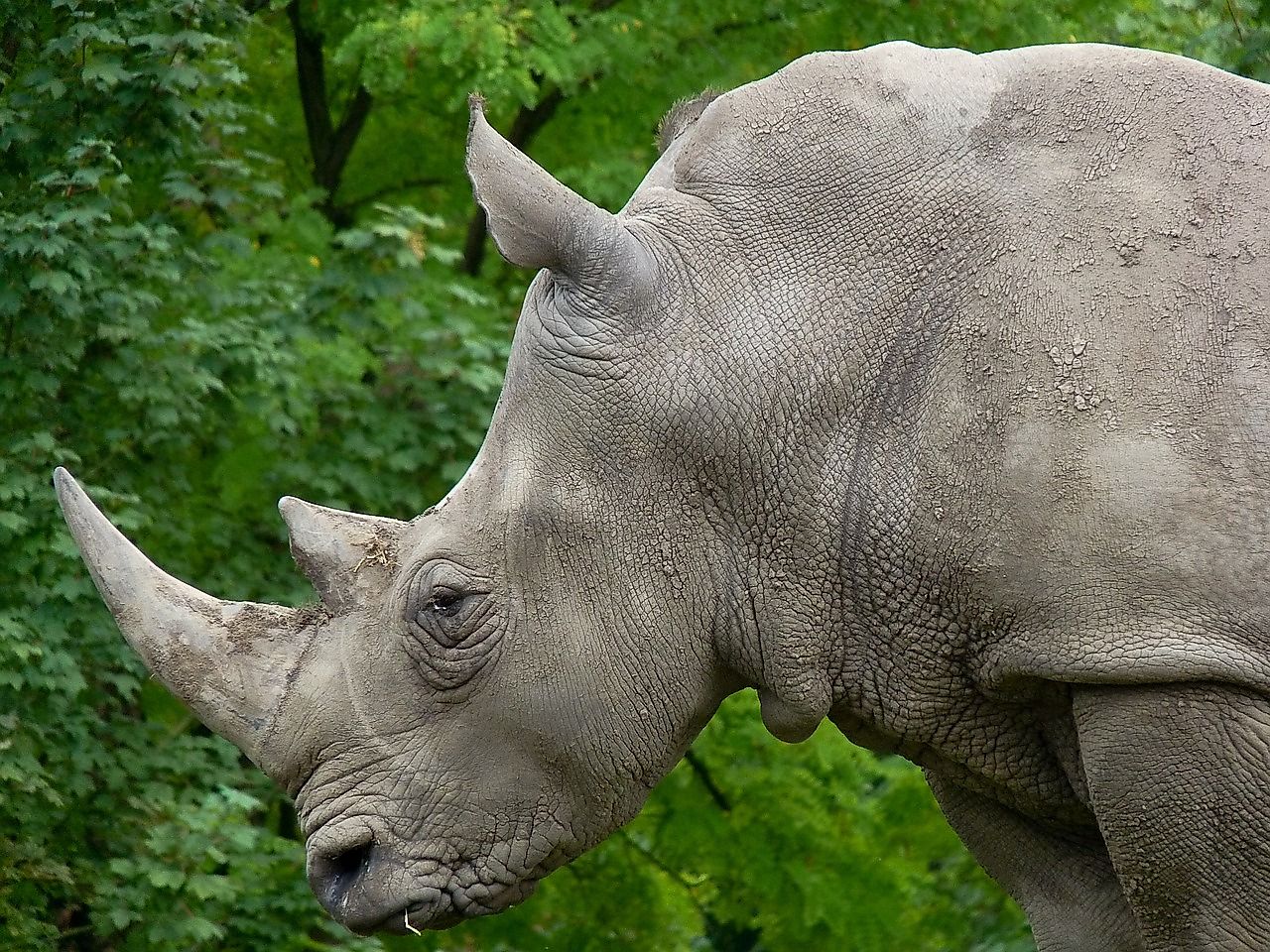
Ground rhino horns are used in TCM to treat delirium, fever, and convulsions. Thanks to the popularity of these medicinal products, rhinos are being poached with reckless abandon across the world, and some species are already facing extinction. The Northern White Rhino has only two individuals left on the whole planet. What drives the high demand for rhino horns, however, is the unfounded belief that they are excellent aphrodisiacs. For this reason, rhino horns fetch almost $45,000 per pound.
Tiger Penis And Bones
Bones from tigers have been used for ages to treat arthritis and other joint-related complications. At times the bones are crushed and mixed with herbs to create a concoction called tiger bone wine that is used to treat rheumatism. Tigerbones in China fetch as much as $70,000. In TCM, it is believed that eating a part of an animal nourishes the corresponding organ in the human body. This belief is unfounded has driven the demand for tiger penis so high that a bowl of tiger penis soup costs more than $3,000 in China.
Pangolin Scales
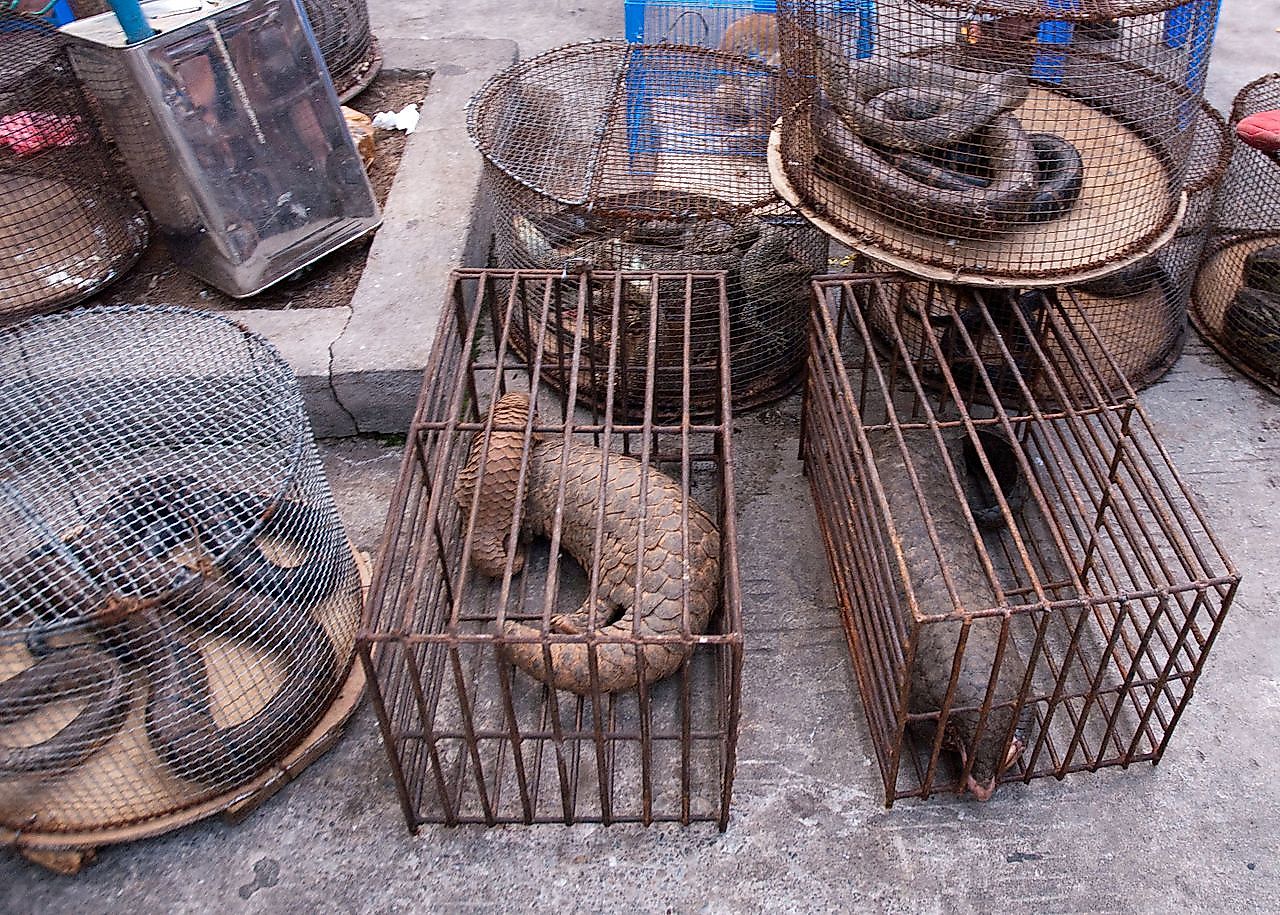
Demand for pangolins and their body parts like scales has pushed the animal to the top of the most trafficked list. Meat from pangolin fetuses are eaten food and are believed to enhance male virility. Pangolin blood is an essential ingredient in TCM used in the treatment of asthma and cancer. Despite lacking any proven medicinal value, pangolin scales are crushed into powder and converted into pills used in the treatment of arthritis. About 2.7 million pangolins are hunted every year to satisfy the demand.
Lion Bones
Once the ban on using tiger body parts for TCM was implemented, the practitioners of the art turned their attention to the lion as a substitute. The Asiatic lion suffered the most as their bones were used to cure joint diseases like arthritis and rheumatism. Around 1,000 lions are poached every year around the world to sustain the trade.
Snake Parts
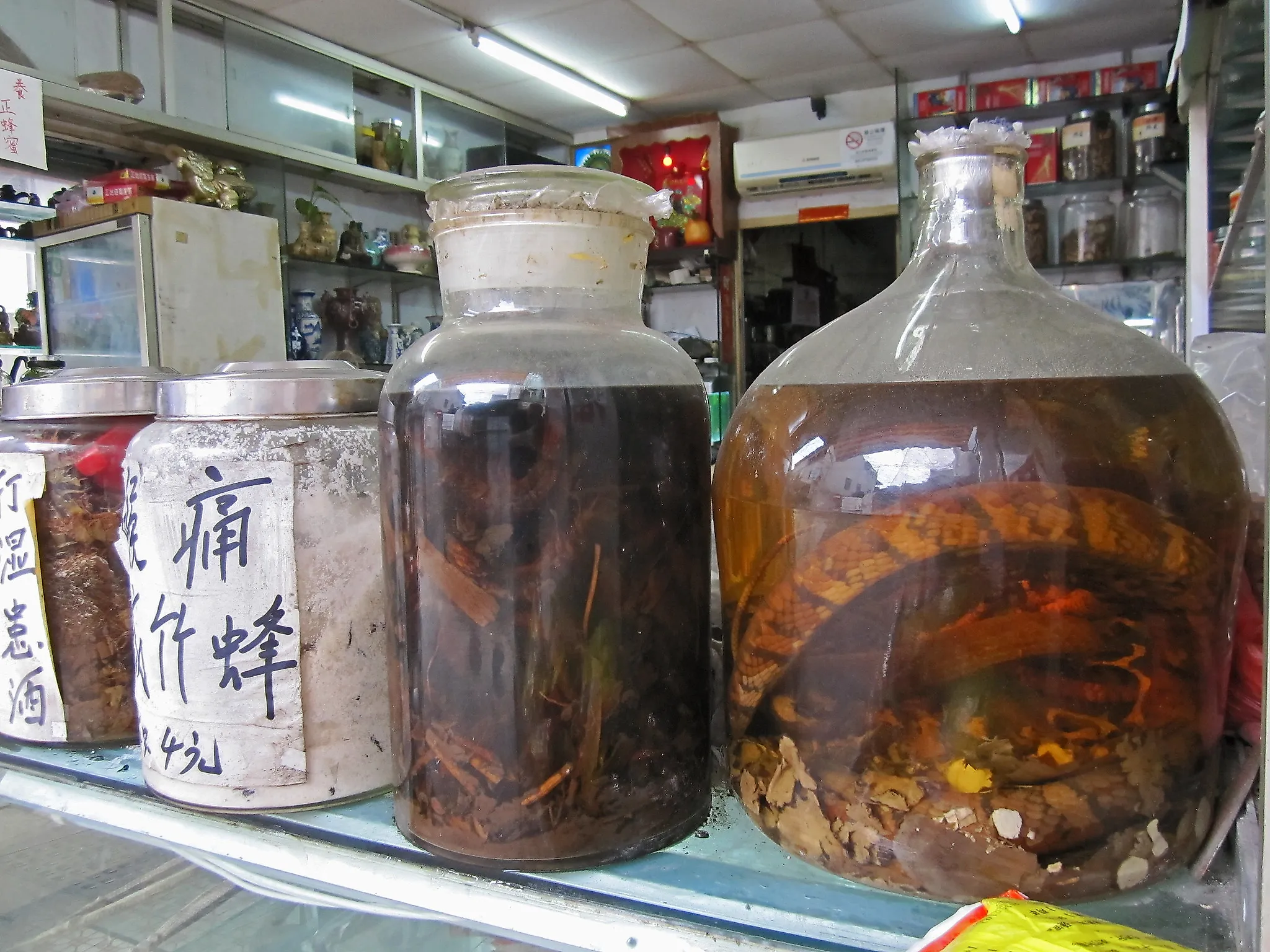
Snakeskins have been part of TCM for ages used for the treatment of skin and eye infections, hemorrhoids, and sore throats. Snake gall bladders are used to treat intestinal ailments and skin eruptions. Seeing how snakes are flexible, the Chinese believe that these properties can be transferred to the human body through the eating of snake meat to help cure arthritis and stiffness. Their ability to shade skin is believed to bestow people with regenerative abilities that can accelerate healing. Snake bile is used as a tonic and is used to make health drinks taken before meals to invigorate the body and boost immunity.
Other Notable Mentions
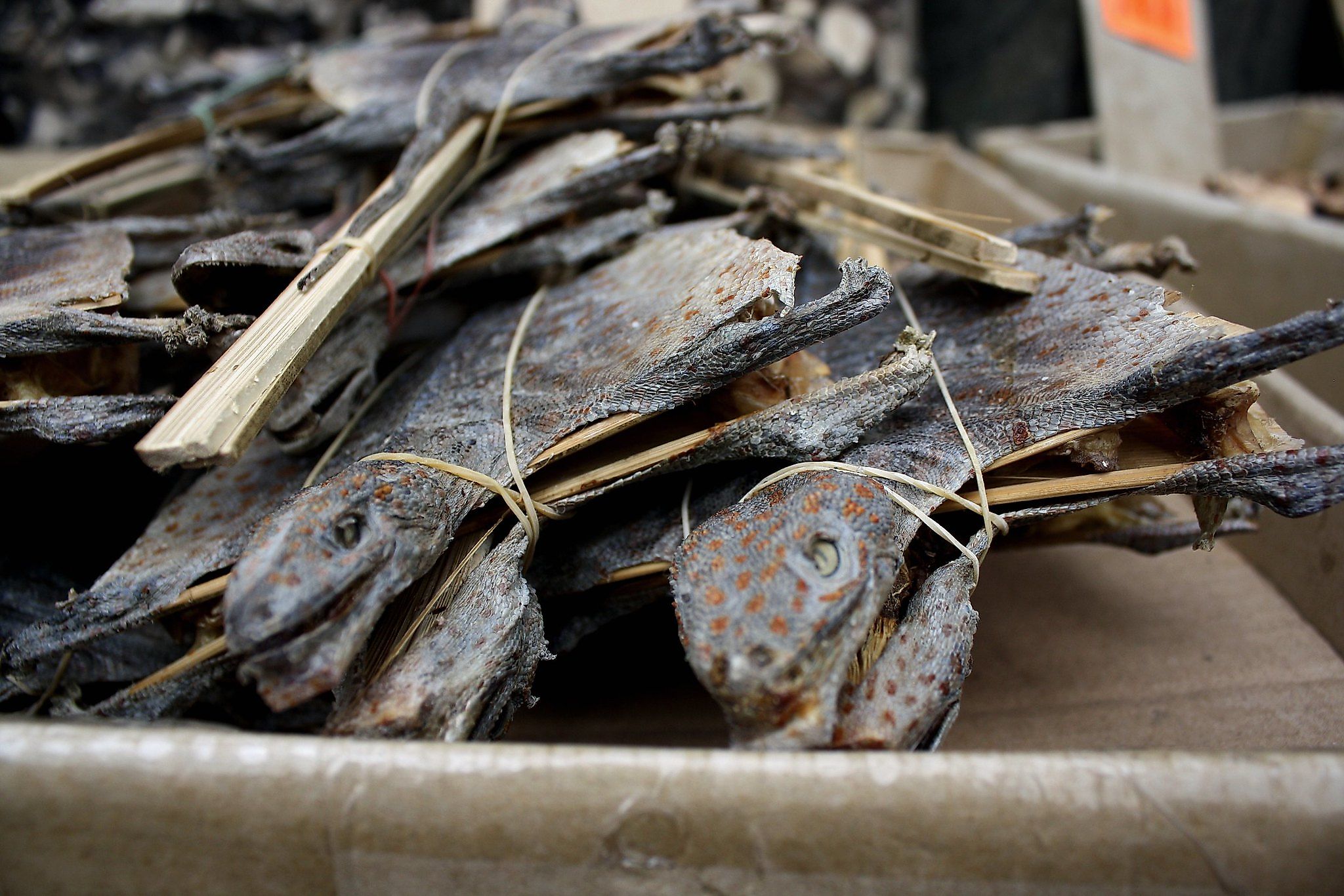
Feces from the flying squirrel is used as a base ingredient in the creation of medicine used to treat amenorrhea, abdominal pain, menses pain, among others. Toad secretions are mixed with various herbal plants and used to brew medicinal tea common in traditional Chinese medicine. Geckos are hunted, gutted, and their dried parts used to treat asthma, the common cold, and impotence in men. Blister beetles, commonly known as Ban Mao in China, are believed to have medicinal properties that can be used to handle skin lesions. Centipedes are used to cure convulsions, tetanus, seizures as well as skin diseases. Scorpions are dried and ground into a powder to create detoxification drinks and scorpion anti-venom.
Why This Has To Stop?
The world of medicine is governed by scientific research and proof without which drugs become nothing but poison. Chinese medicine borrows heavily from ancient views and outdated methods that have been debunked over the years. Relying on this knowledge alone carries a huge risk on the part of the people who use the products and a considerable price on the animals that have to die to create the medicine. The pace of extinction is already on overdrive, adding poaching into the equation only increases the pressure on endangered animals. The use of body parts in medicine is a risk that can lead to further complications and even death. For instance, treating patients using medicine made using flying squirrel feces exposes them to the risk of rickettsia infections. Toad secretions contain traces of cardiac glycosides, which is a toxic substance that can lead to deadly consequences. Blister beetles contain a blister agent called cantharidin, which is painful lesions on the skin.
The Burden On Animals
Tigers have already lost three of the original nine subspecies that once existed 100 years ago. The total number of tigers in the wild is less than 4,000. Sumatran tigers are the most hunted in Asia as the demand for their medicinal body parts skyrockets. Farming of wild animals for the sole purpose of using them to create medicine that has no scientific proof of working goes beyond morality. Chinese medicine is driven by the whims of the rich who view rare animals as personal conquests to showcase their position in the pecking order of the society. Despite many bans by the Chinese government, illegal trade of wild animals and their body parts is showing no signs of slowing down, and this only proves that profits have trounced moral responsibility. According to World Finance, traditional Chinese medicine brought in $130b in 2016 alone. TCM worth $526m was exported to the United States, which was just one of the 185 countries that import traditional Chinese medicine. With such impressive revenues, it is clear why the Chinese government is in no rush to reign in on the industry that is driving animals into extinction right before our eyes.
About the Author
Benjamin Elisha Sawe holds a Bachelor of Arts in Economics and Statistics and an MBA in Strategic Management. He is a frequent World Atlas contributor.
https://www.worldatlas.com/articles/these-chinese-medicines-actually-contain-body-parts-from-animals.html
https://www.worldatlas.com/articles/these-chinese-medicines-actually-contain-body-parts-from-animals.html

No comments:
Post a Comment